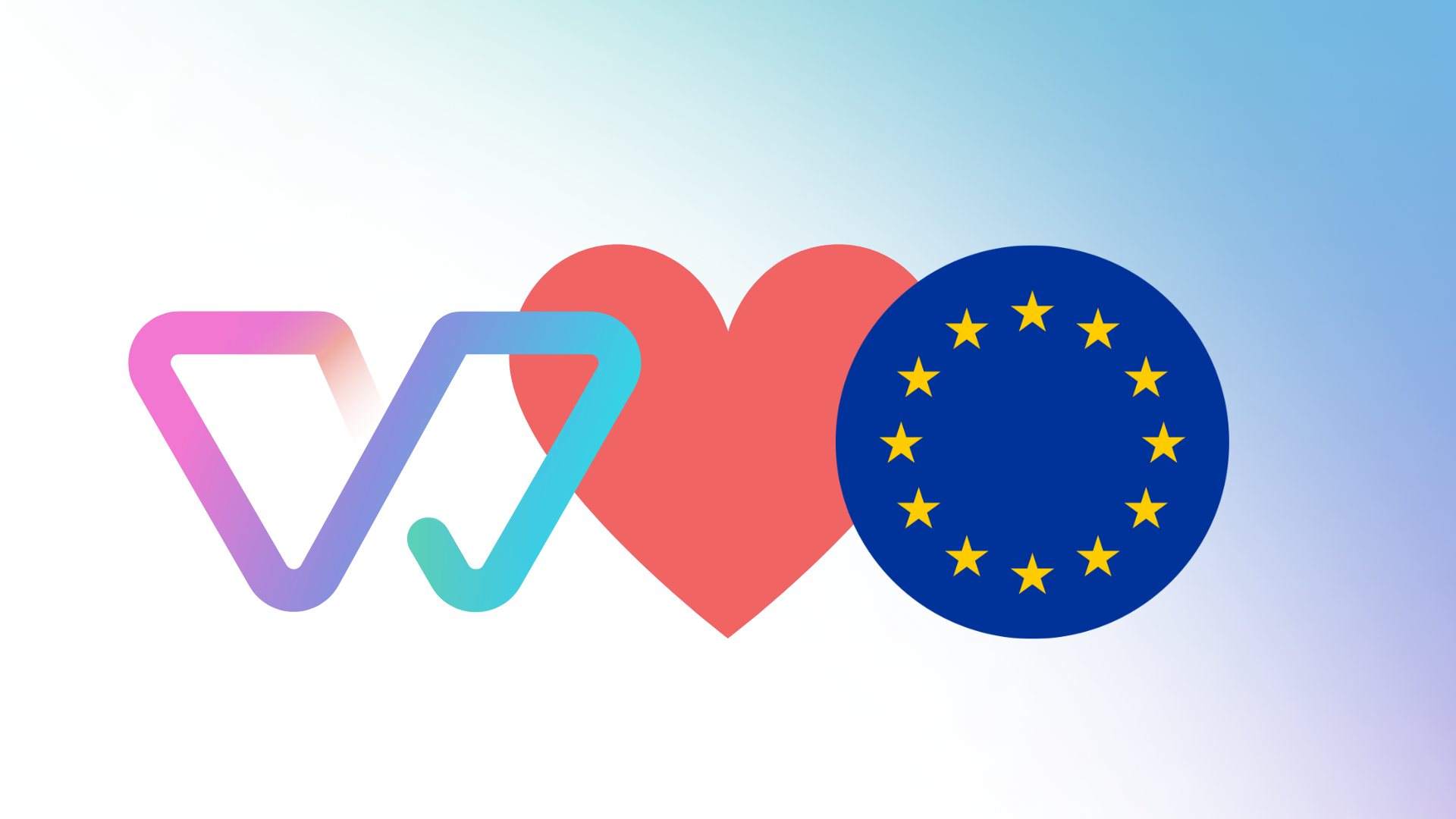Science has found that what we hear and say forms what we feel and how we behave (1). Language cannot NOT have an effect. Words have consequences, whether consciously chosen or arbitrarily used. This is also true for our professional environment: the influence language has on corporate cultures cannot be underestimated.
Unfortunately, we seldom consciously form language to turn things for the good. Even though we might not be used to it (yet), this can be learned. Companies who aim to become more diverse and inclusive definitely should look into their use of language. How?
Consciously design language
As a first step, all staff and especially leaders must become aware of the effects language has. Second, a company needs to consciously define the language it wants to use in order to reach its goal – be welcoming for people with diverse backgrounds. Third, people must practice. You can’t change people’s linguistic habits immediately. And for sustainable learning, the company must provide a safe environment. Taking these steps, language will change and consequently it will affect how people interact with each other. The sails are set for a more inclusive culture.
Situations where language is particularly important
In following situations, the use of carefully chosen words is particularly important:
- Job ads
- Interview questions during recruitment
- Feedbacks on projects or performance
- Internal and external communications
In such situations, the receiver is initially in a subordinate position and therefore very sensitive about the words used in the exchange (even though this often happens unconsciously). This is especially true for talents of social minority groups, including women. Using language thoughtlessly in such situations can be devastating to the goal of recruiting and promoting diverse talent or establishing an inclusive culture.
On the other hand, by choosing words carefully, a company can establish a level playing field and openly demonstrate that people with diverse backgrounds are invited to contribute their full potential.
Particular care must be given to wording that can have unconscious effects. We know this from research in wording of job ads (see summary here). An example: While a female talent may be very specialized in a field and also has a proven track record therein, using these exact words - specialist and proven track record – in a job ad actually unconsciously deters her from applying. Thus, when choosing language in the above mentioned situations it is not only necessary to choose inviting language to establish a level playing field. It is also crucial to be educated of unconscious effects language can have.
Language – a great opportunity
Language to this day is underestimated in companies’ efforts to foster diversity and inclusion. It is about time that we recognize its effects, be they conscious or unconscious. We must decide to form a language that is in accordance with our goal of creating environments that suit people of all backgrounds. Not paying attention to language will perpetuate the corporate environments we have today.
#languagematters – more than we think.
If you are looking for a digital writing assistant for inclusive language, try out Witty for free. Witty detects non-inclusive language and provides ongoing training on unconscious bias and operationalizes inclusion.
(1) Stefanie Schramm, Claudia Wüstenhagen, "Das Alphabet des Denkens, Wie Sprache unsere Gedanken und Gefühle prägt", Rowohlt Verlag, 2014





